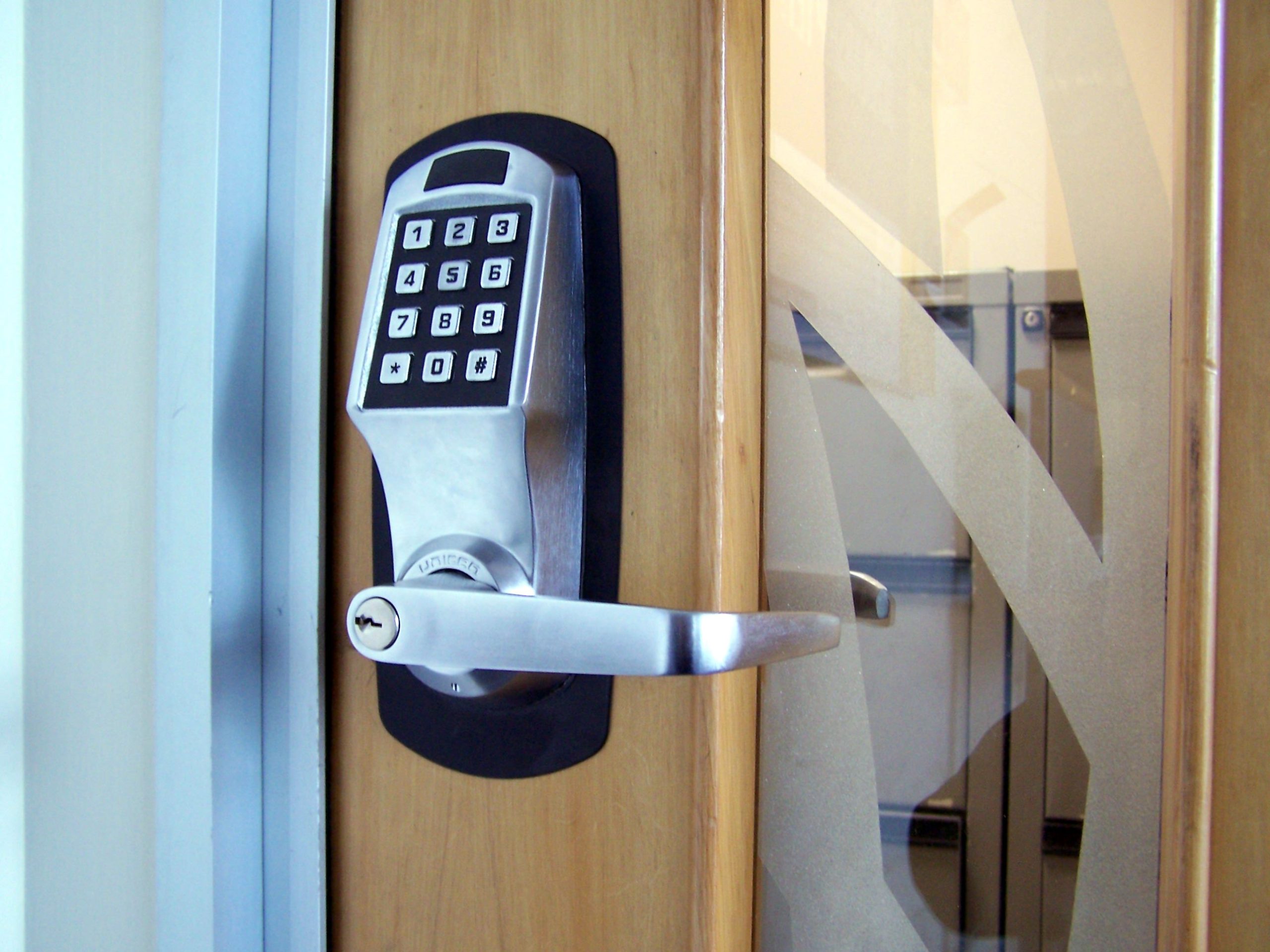Power over Ethernet PoE
The adoption of electronic locks and physical access control systems has changed the industry. The deployment of electronic access control (EAC) technology by traditional locksmiths continues to increase, and one evolving technology that continues to drive this trend is Power over Ethernet (PoE).
Power over Ethernet power and data transmission over a single cable. This replaces traditional analog EAC architecture and allows the use of existing network infrastructure — Ethernet cables and devices — for system deployment. Facilities no longer must rely on the use of RS485 (serial) networks, which are notoriously difficult to service, and having localized AC power at every EAC site at a facility. Designing and powering an EAC system now is a simple plug-and-play experience.
Power over Ethernet PoE
Perhaps the biggest advantage of Power over Ethernet technology is its ease of deployment. The ability to use a single Cat-6 Ethernet cable for power and data delivers extreme flexibility in the planning and installation of an EAC system.
Consequently, the placement of access controllers and ancillary devices no longer is limited by their proximity to switch cabinets and localized power sources. The process of scaling systems also has been simplified, because more devices can be added to an established network or enhanced through minimal effort.
In addition, Power over Ethernet takes installations far less costly and cumbersome. Electronic locks powered by hard-wired AC power require installation by a certified electrician, which could be an added expense if your business doesn’t include one. The ability to use a PoE power solution also eliminates the necessity for that localized power supply to power locks, controllers and readers. As a result, installation can be less intrusive and not require additional high-voltage cabling, conduit to conceal and protect the wire, and permits




Leave a Reply